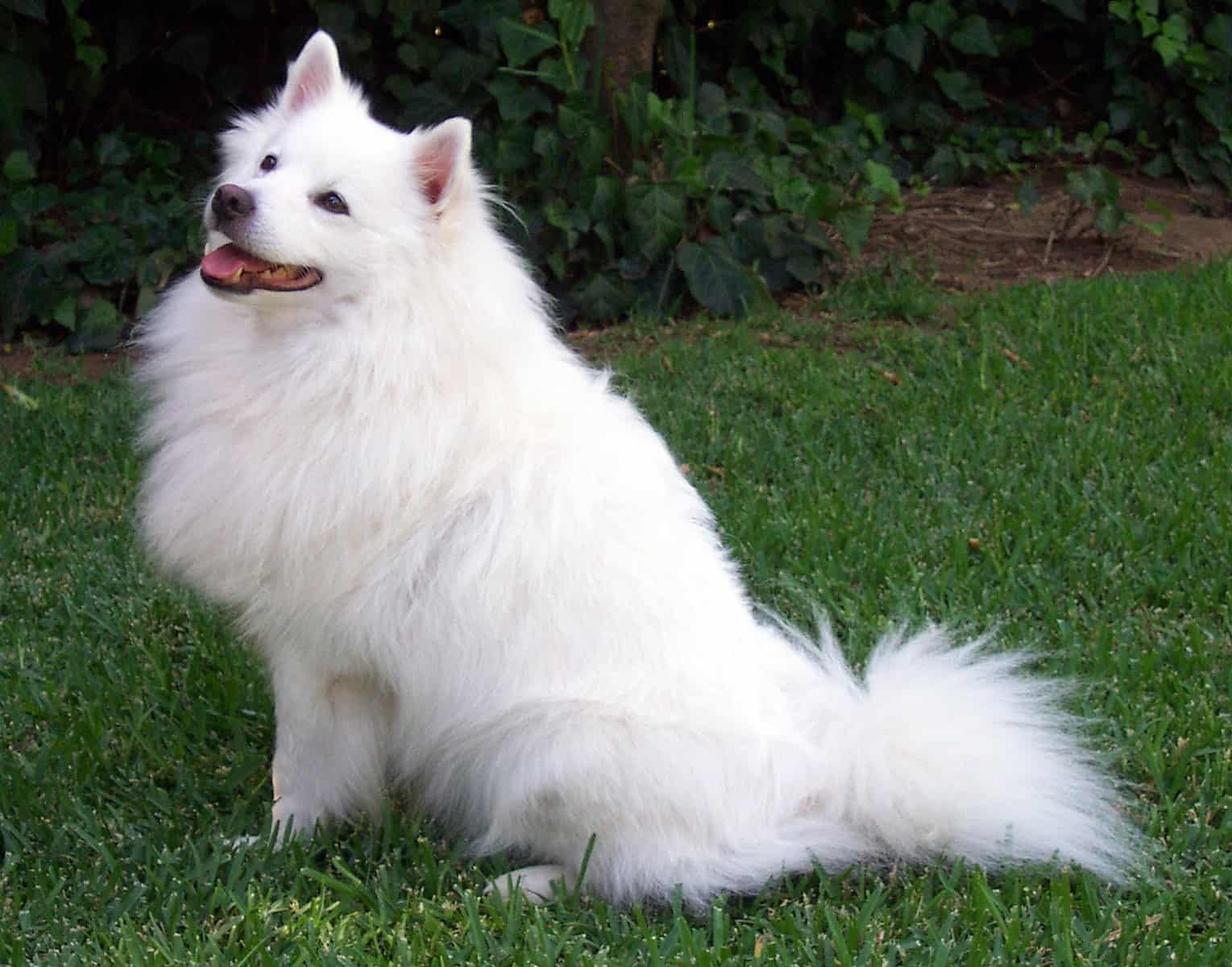There are many foods that humans eat with perfect safety, BUT if the same food is fed to dogs, it could poison them. Admittedly, it can be tough when you’re enjoying a slice of delicious chocolate cake while your dog is drooling at your feet but refuses to give in and offer a little to him.
While such foods may cause you to gain weight, your beloved pet could suffer due to a momentary lapse in judgment on your part. Here are some of the foods dogs must never be allowed to eat.
The list includes chocolate, coffee, tea, caffeine, onions, avocado, garlic, alcohol, grapes, macadamia and other types of nuts, fruit seeds, yeast, raw eggs, dough, wild mushrooms, xylitol, fat trimmings, salt, cooked bones, and some human medications.
Avocados are top of this list because they carry a fungicidal toxin (persin) that’s harmless to humans but can be dangerous for dogs. Pepsin exists in avocado plants’ fruit, bark, seeds, and leaves, so be very careful if you grow them at home.
Alcohol is far from being the ideal liquid to keep people hydrated. It’s not good for dogs, either. The effect it has on a person’s liver and brain also happens to dogs, but the effects happen much faster. A very small amount of alcohol in a dog can cause diarrhea, vomiting, depression, and poor coordination. In worse cases, it can affect breathing, may send a dog into a coma, and may even prove fatal.
Garlic also sits high on this same list. Garlic is controversial. Some say not to feed dogs with it, and others say you can. So it’s a personal choice, but it’s best to err on caution.
Onions are bad, regardless of the form they’re in when consumed. They can destroy red blood cells within the circulation system, causing hemolytic anemia. Some forms of baby powder even contain ground-up onions, so read labels properly. Onions may cause vomiting, anemia, a dull coat, breathing trouble, anorexia, and perhaps kidney problems.
It’s unclear how much should be consumed before it causes major problems, but it’s more likely that the effect will be cumulative. So, if your dog ate a small amount once or twice, it’s unlikely to cause any harm.
Tea, coffee, and other forms of caffeine can cause restlessness, muscle tremors, fits, bleeding, and heart palpitations, and if enough is consumed, it may prove fatal. There’s caffeine in chocolate and certain medications so your dog can’t have ANY!
Raisins, sultanas, currants, and grapes are all poisonous to dogs. They can cause permanent kidney problems and may even be fatal. Give your 20-pound dog four raisins, etc., and he’ll become ill.
Symptoms may include lethargy, vomiting, abdominal pain, loss of appetite, depression, and reduced urinary output. Symptoms may take up to 24 hours to manifest but can occur as soon as 4-5 hours after consumption.
If consumed, nuts such as pecans, pistachios, and almonds are dangerous for dogs. Macadamia nuts appear to be the worst nut of all. They can cause serious side effects, and death may result if the feeding continues.
Even a few raw or roasted macadamias may cause weakness, muscle tremors, fever, vomiting, and an increased heart rate. Adding chocolate to any nut magnifies the problems immensely. Symptoms may take 24 hours but could appear within 6 hours.
Pistachios are high in fat and can trigger an upset stomach. Over time, consumption of these nuts can cause pancreatitis to develop.
Black walnuts have been known to upset a dog’s stomach and even cause an obstruction if swallowed whole. Moldy black walnuts are more harmful. They have toxins made by a fungus, loss of control over muscles, and vomiting.
Japanese and English walnuts have a mold that releases a dangerous tremorgenic mycotoxin that can cause seizures and muscle tremors in dogs. Pecans and hickory nuts follow the black walnut pattern.
Hickory nuts and walnuts can vary in the symptoms they cause a dog. Fresh nuts aren’t as dangerous as moldy nuts. Dogs love almonds but can’t have them because they can upset a dog’s stomach. Moldy hickory nuts also contain tremorgenic mycotoxin.
Chocolate is delicious, but all forms are bad for your beloved dog. White chocolate causes the same issues as normal chocolate. Unsweetened baking and Dark chocolate are the most toxic of all chocolate varieties. 2 ounces of baking chocolate can poison a 20-pound dog. It would take 20 ounces of normal milk chocolate to cause the same damage.
Theobromine is the toxic component of this tempting crowd-pleaser. If your pet is given any at all, symptoms include tremors, diarrhea, vomiting, increased thirst, abnormal heartbeat, coma, and possibly death.
Cherries, persimmons, plums, apple seeds, and peaches aren’t harmful to dogs as far as the fruit goes. The pits or seeds cause these fruits to be included in this list. Small dogs will often eat pits. These contain a known toxic agent harmful to people as well as dogs. The agent is cyanide. It may block the dog’s intestines if that’s not bad enough. Dogs can eat apples as long as the fruit has been cored first.
Raw eggs appeal to dogs but must be cooked before they can eat them. There are two reasons why they need cooking.
- There’s a high risk of E.coli or Salmonella bacteria causing food poisoning.
- A specific enzyme within the raw eggs hinders the dog’s ability to absorb a
particular vitamin B. Skin and coat problems may occur if raw eggs are fed over a long period.
Yeast dough must be left to rise in a place where the dog can’t get to it. If a dog eats some of the rising dough, it will keep rising inside his tiny stomach. The dough will inevitably stretch the skin and cause intense pain…and the dough may ferment in the dog’s stomach and cause alcohol poisoning.
Xylitol is a chemical sweetener manufacturers often use in sugarless gum, mouthwashes, toothpaste, and certain medications. It’s also an ingredient in lots of safe baked goods for humans to eat. Xylitol raises insulin levels and can cause hypoglycemia. Symptoms dogs may have after consuming this chemical include lethargy, vomiting, bad coordination, seizures, and perhaps liver failure.
Wild Mushrooms grow in the wild and can also grow in people’s backyards. Humans know to sample things before fully eating them. Dogs have an overwhelming curiosity to try anything they see.
The toxins contained in wild mushrooms can cause severe damage to the brain, kidneys, liver, and other organs if consumed. Symptoms include seizures, vomiting, coma, and death. People should check their yards regularly to eliminate any mushrooms that start growing.
Bones and fat trimmings are well-loved by dogs but aren’t good for you or your beloved dog. This is the uncooked or cooked fat people have trimmed off meat because they didn’t want it. Too much of this can cause pancreatitis.
Cooked bones are the most harmful for dogs. They may splinter or break while being chewed, and this can cause lacerations, cuts, and other similar problems in the mouth and digestive wall. They can cause choking or obstructions. Fish bones cause no problems if uncooked, so using them in raw diets is normal.
Salt can cause extreme thirst and excess urinary output for your dog if he has too much salt in his food. If a dog’s salt intake is high, it’s possible to contract sodium ion poisoning. Symptoms include diarrhea, vomiting, fever, tremors, and seizures, and may sometimes prove fatal. Think twice before letting your dog have salty food of any type.
Iron tablets are good for humans but may be dangerous for dogs. Some people believe it’s fine to feed their dogs the same foods as their children without first checking if they are safe for dogs.
There are lots of drugs that are OK for dogs as well as people. However, others may cause severe symptoms, and so should be avoided. Iron tablets for people may cause damage to the intestines and stomach wall, thereby poisonous to your kidneys and liver.
Ok, vitamins aren’t food. However, some might argue about that. This was included in the list of foods considered toxic to dogs…to see if you could catch this “error.”
It is more about medications that are fine for people and ones you can give a dog. Prevention is much cheaper than a more expensive cure. Increase your knowledge of foods that are bad for dogs, and your home will be less likely to be harmful for your dog because he won’t be able to get at anything dangerous.
Events can happen in a split second.
What’s your first move if you think your dog has eaten something poisonous to him?
Keep your vet and 24-hour emergency vet hospital details close by so you can ring when you realize you need urgent help.
Disclaimer: The Content is not a substitute for professional veterinarian advice, diagnosis, or treatment. Always seek the advice of your veterinarian with any questions you may have regarding your dog’s medical condition. Never disregard professional advice or delay seeking it because of something you have read on ANY website.
Copyright Caninepals.Com. All Rights Reserved.
 When do you think of your dog as being senior? A vet will say this is when a dog is in the last third of their life expectancy. A poodle generally lives to 15 years and becomes a senior at age 10. A golden retriever has a life expectancy of 13 years so he’s a senior at 8-9 years old.
When do you think of your dog as being senior? A vet will say this is when a dog is in the last third of their life expectancy. A poodle generally lives to 15 years and becomes a senior at age 10. A golden retriever has a life expectancy of 13 years so he’s a senior at 8-9 years old.
